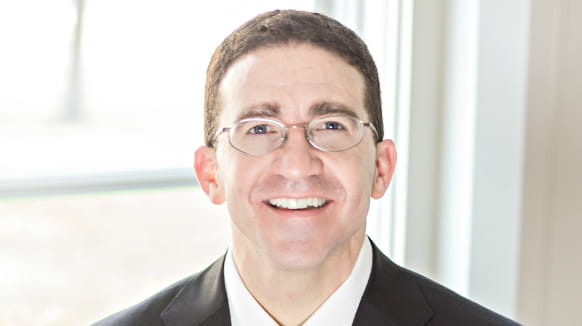Haynes Boone Partner Daniel Geyser talked with USA Today about the U.S. Supreme Court’s fall 2021 docket. Dan is chair of the firm’s Supreme Court Practice.
Below is an excerpt:
… The court will once again hear in-person oral arguments and hand down formal opinions as it starts another nine-month term.
Mississippi's ban on most abortions after 15 weeks of pregnancy is by far the most heated case before the court, where a six-member conservative majority will have a crack at undermining and possibly overturning the landmark 1973 decision in Roe v. Wade that created a constitutional right to abortion or a subsequent case in 1992 that protected that right up to about 24 weeks of pregnancy.
The justices will also wade into legal disputes over the right to carry handguns outside the home, when officials may approve regulations that affect religion, whether the government may keep the existence of CIA "black sites" a secret and whether to reinstate the death penalty for Boston Marathon bomber Dzhokhar Tsarnaev.
"There are certainly opportunities for seismic shifts," said Daniel Geyser, who has argued nearly a dozen cases at the Supreme Court and who will be before the justices again in November. "There are a lot of issues that will keep the court in the news."
That doesn't necessarily mean the cases will have a dramatic impact on the law. Frequently, disputes that look like blockbusters, such as last term's challenge to the Affordable Care Act, can fizzle. In the Obamacare case, a 7-2 majority ruled narrowly to uphold the law without getting to the merits of the legal issues.
In the months after Associate Justice Amy Coney Barrett's confirmation, the court handed down decisions with larger-than-expected majorities. But as its term ended, it issued 6-3 decisions limiting voting rights and upending donor disclosure requirements that inflamed the left and undermined the notion that Chief Justice John Roberts was steering the court on an incremental course.
"Some of the cases that have shown up ... are a reflection of certain groups that see an opportunity to push the law where they want it to go," Geyser said. "But other times, it's just what the court happens to take, and we'll see if they decide narrowly or broadly."
To read the full article, click here. (Subscription only)
